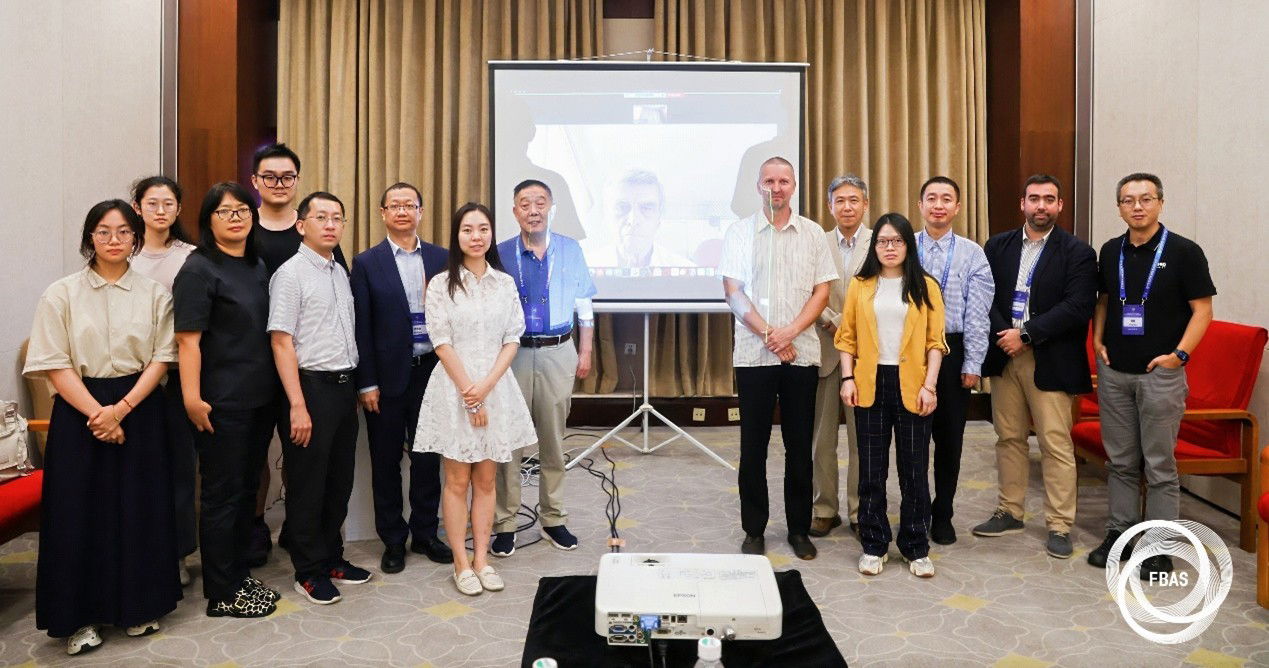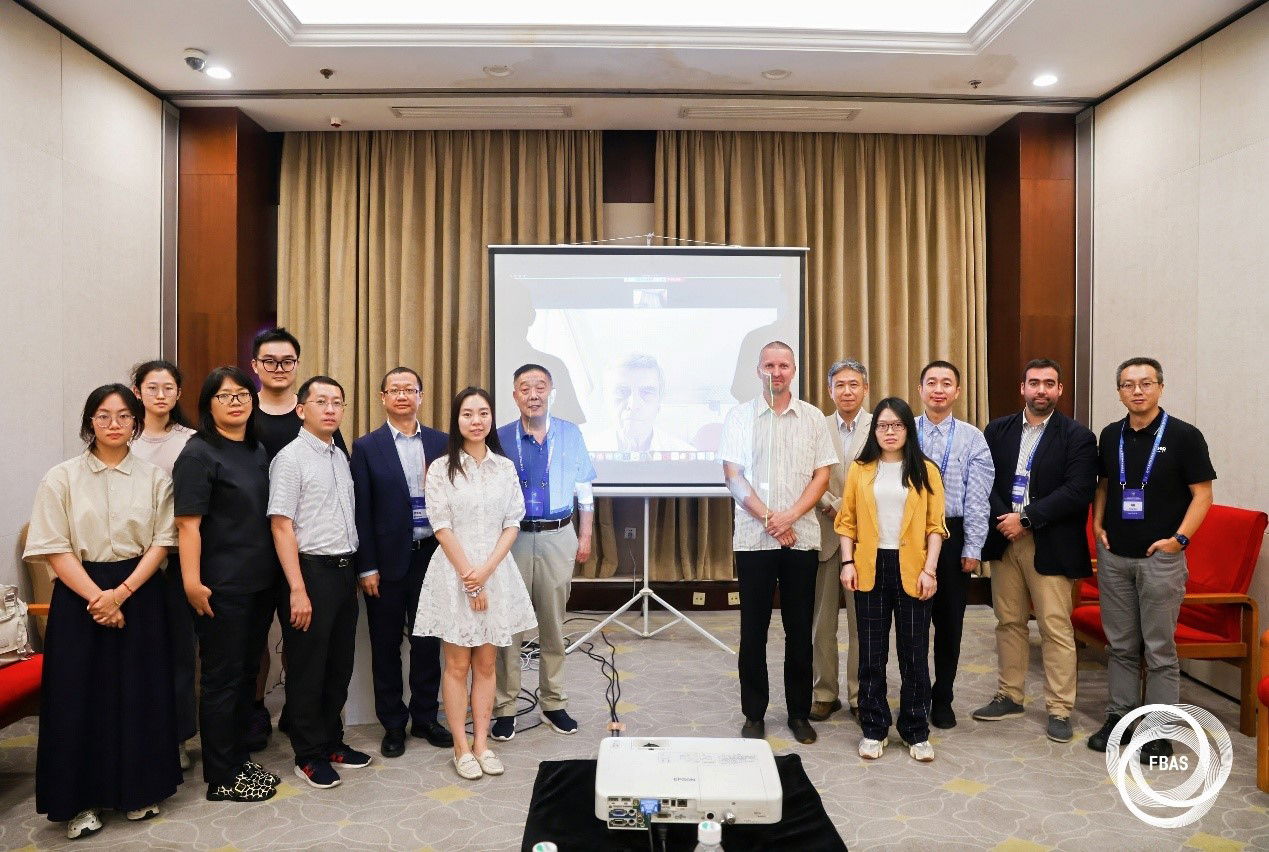GEOCRI Session at FBAS 2025 – Sustainable Development of the Earth's Cold Regions under a Warming Scenario

Beijing, September 7, 2025 – The GEOCRI session at the FBAS 2025 conference, held at the Beijing International Convention Center, concluded successfully with in-depth discussions on the sustainable development of Earth’s cold regions in the face of global warming. The event brought together 11 experts from 5 countries to explore critical issues concerning the vulnerability of cold regions and the integration of advanced technologies in addressing these challenges.
Chaired by Prof. SHI Jiancheng from the Chinese Academy of Sciences and Prof. Massimo Menenti from Delft University of Technology, the session featured insightful presentations on a range of topics, including remote sensing of snow properties in Tibet, climate-driven glacier dynamics, and innovative monitoring methods for cold regions. Key highlights included discussions on providing direct information services for sustainable development in cold regions, through standardized products and services that enhance data accessibility and inform decision-making.
For more details and to view photos from the event, click the download link below: https://we.tl/t-93D71FaM6F

Presentations:
- Remote Sensing of Snow Properties over Tibetan Plateau : SHI Jiancheng presented cutting-edge research on using remote sensing to monitor snow properties in Tibet, an area significantly impacted by climate change.
- Mapping Arctic Settlements : Michele Melchiorri from the Joint Research Centre, European Commission, Italy, discussed the use of the Global Human Settlement Layer to map settlements in the Arctic, providing valuable insights for understanding human impacts on polar environments.
- Climate-Driven Glacier Dynamics : LI Rongxing (QIAO Gang) from Tongji University, China, provided an overview of climate-driven glacier dynamics, highlighting that from 1996 to 2021, the ice mass loss from Antarctica, Greenland, and the Tibetan Plateau contributed significantly to global sea level rise, with advanced remote sensing methods enabling more precise tracking of these changes.
- SMEAR Concept for Cold Region: Joni Kujansuu from Institute for Atmospheric and Earth System Research (INAR), Finland presented the SMEAR concept for cold regions, highlighting how the project uses continuous environmental monitoring and innovative methods to study climate change, greenhouse gas emissions, and atmospheric-biosphere interactions, contributing to addressing global challenges such as climate change.
- Advancing Periglacial Landform Inventories : FENG Min from the Institute of Tibetan Plateau Research, China, discussed advancements in periglacial landform inventories, focusing on the use of deep learning and MT-InSAR methods for identifying rock glaciers. He highlighted the development of rock glacier, talus, and water body inventories,presented advancements in the inventorying of periglacial landforms, emphasizing their significance for climate studies.
- International Cooperation for SDGs : Masaki Kanao from Japan’s Polar Environment Data Science Center highlighted international collaboration and the role of open data sciences in advancing the Sustainable Development Goals (SDGs).
- Space-Based Observation for Cold Regions : ZHANG Lianchong and SHI Lijuan outlined the NODA framework and space-based observation services to aid the sustainable development of cold regions.
- Great Power Co-opetition and Arctic Development: A session on geopolitical challenges and the future of Arctic sustainable development, presented by XU Qingchao, shed light on the China-U.S. climate collaboration.
- Digital SDGs for Cold Regions : The session concluded with a discussion led by QIU Yubao and Massimo Menenti on the intersection of GEO Cold Regions and digital SDGs, promoting a sustainable and data-driven approach to climate action.